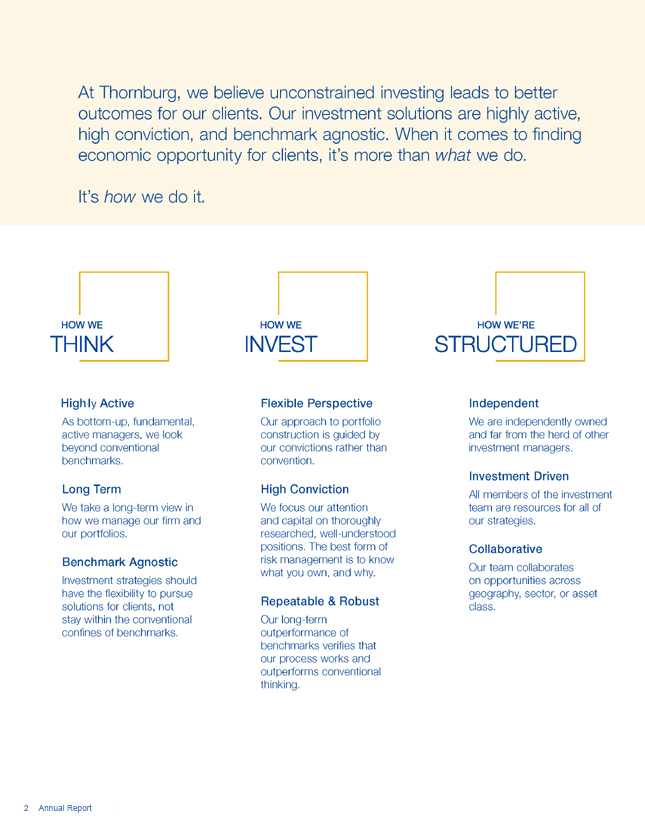From time to time, loans or assignment or participation interests therein acquired by the Trust, or to which the Trust may have direct or indirect investment exposure, will at the time of their acquisition be, or may become after acquisition, non-performing for a wide variety of reasons. Non-performing loans include mortgages where the borrower is in default or is or has been delinquent as to the payment of interest and/or principal, including, potentially, for a significant period of time. Such non-performing loans could require a substantial amount of workout negotiations and/or restructuring, which could entail, among other things, a substantial reduction in the interest rate and a substantial write down of the principal of such loans. Even if a restructuring were successfully accomplished, a risk exists that upon maturity of such a loan, replacement “takeout” financing will not be available.
Loans and certain other forms of direct indebtedness may not be classified as “securities” under the federal securities laws and, therefore, purchasers of such instruments may not be entitled to the protections against fraud and misrepresentation contained in the federal securities laws.
It is the position of the SEC that, in the case of loan participations or assignments where a bank or other lending institution serves as a financial intermediary between the Trust and the corporate borrower, if the participation does not shift to the Trust the direct debtor-creditor relationship with the borrower, the Trust should treat both the lending bank or other lending institution and the borrower as “issuers.” If and to the extent the Trust treats a financial intermediary as an issuer of indebtedness, the Trust may in certain circumstances be limited in its ability to invest in indebtedness related to a single financial intermediary, or a group of intermediaries engaged in the same industry, even if the underlying borrowers represent many different companies and industries.
Economic exposure to loan interests through the use of derivative transactions, including, among others, total and excess return swaps, may involve greater risks than if the Trust had invested in the loan interest directly during a primary distribution or through assignments of, or participations in, a bank loan acquired in secondary markets since, in addition to the risks described above, certain derivative transactions may be subject to leverage risk and greater illiquidity risk, counterparty risk, valuation risk and other risks.
OPTIONS OVERLAY
The Trust may seek to generate income from option premiums by writing (selling) options. A call option, upon payment of a premium, gives the purchaser of the option the right to buy, and the seller of the option the obligation to sell, the underlying security, futures contract, index, currency, or other instrument at the option exercise price. A put option gives the purchaser of the option, upon payment of a premium, the right to sell, and the writer of the option the obligation to buy, the underlying instrument at the option exercise price. The Trust may write (sell) call options (i) on a portion of the equity securities (including equity securities obtainable by the Trust through the exercise of its rights with respect to convertible securities it owns) in the Trust’s portfolio and (ii) on broad-based securities indexes (such as the Standard and Poor’s 500® Index (“S&P 500”) or the MSCI EAFE® Index (“MSCI EAFE”), which is an index of international equity stocks), or certain ETFs that trade like common stocks but seek to replicate such market indexes. In addition, to seek to offset some of the risk of a potential decline in value of certain long positions, the Trust may also purchase put options on individual securities, broad-based securities indexes (such as the S&P 500 or MSCI EAFE), or certain ETFs that trade like common stocks but seek to replicate such market indexes.
The Trust will write call options and put options only if they are “covered.” For example, a call option written by the Trust will require the Trust to hold the securities subject to the call (or securities convertible into the needed securities without additional consideration) or to segregate cash or liquid assets sufficient to purchase and deliver the securities if the call is exercised. A call option sold by the Trust on an index will require the Trust to own portfolio securities which correlate with the index or to segregate cash or liquid assets equal to the excess of the index value over the exercise price on a current basis. A put option written by the Trust requires the Trust to segregate cash or liquid assets equal to the exercise price.
BELOW INVESTMENT GRADE/HIGH YIELD INVESTMENTS
Corporate bonds rated below investment grade (“junk bonds”) and certain other fixed income instruments, such as loans (for purposes of this discussion, all such instruments are herein referred to as “securities”) rated below investment grade (such as “leveraged loans”), or such instruments that are unrated and are determined by the Adviser to be of comparable quality, are high yield, high risk bonds. A security may be considered to be below investment grade if it is rated Ba1 by Moody’s and BB+ by S&P or Fitch, or lower, or the equivalent by any other nationally recognized statistical rating organization (“NRSRO”).
While offering a greater potential opportunity for capital appreciation and higher yields compared to higher-rated fixed income securities, high yield investments typically entail greater potential price volatility and may be less liquid than higher-rated securities. Junk bonds and high yield investments may be regarded as predominately speculative with respect to the issuer’s continuing ability to meet principal and interest payments. They may also be more susceptible to real or perceived adverse economic and competitive industry conditions than higher-rated securities. Issuers of securities in default may fail to resume principal or interest payments, in which case the Trust may lose its entire investment.
The lower ratings of certain securities held by the Trust reflect a greater possibility that adverse changes in the financial condition of the issuer, or in general economic conditions, or both, or an unanticipated rise in interest rates, may impair the ability of the issuer to make




